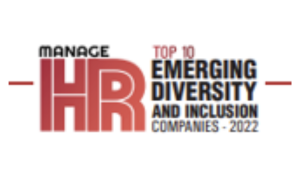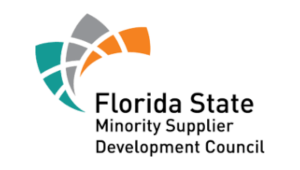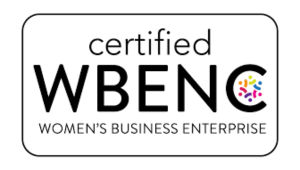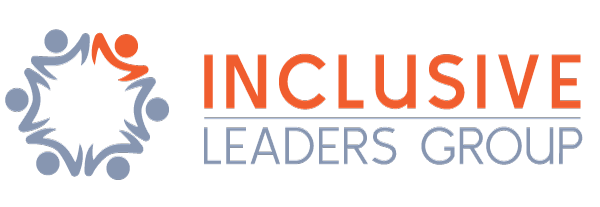As more and more employers and employees desire a more inclusive workplace culture, Employee Resource Groups (ERGs) create a positive environment where employees of different backgrounds and identities have equal opportunity to succeed. Many employee resource groups are started naturally out of the need for minority groups to feel a sense of belonging. They currently exist in 90% of Fortune 500 companies and are gaining popularity among organizations of all sizes nationwide as they increase employee engagement, productivity, and retention. If you’re an HR or business leader of an organization and want to learn how to start an effective employee resource group, or you’d like to turn an existing support group into a dynamic team that benefits your business, here is a guide to do so:
How to Start an Employee Resource Group: A Guide for HR
- Assess employee interest
Before you set out to create an ERG, you need to ensure you have enough employee interest to make your efforts worthwhile. If the group you’re looking to create is based on demographic information, you can use employee demographic data to determine if your target population is big enough to help with the sustainability of an ERG. You could also assess interest in establishing a new group using an employee pulse survey or asking for a show of hands during a company all-hands meeting.
- Gain the support of the CEO
Although employee resource groups are often started by employees, it’s important to identify an Executive Sponsor right at the start. Leadership buy-in and commitment should come from a CEO or another corporate executive who has a special interest in DEI as a business strategy and for the mission of the ERG. At Ford for example, an Executive Sponsor is assigned by management, whereas at Verizon, a sponsor is chosen by the employees in the ERG.
- Define Your Group’s Mission & Goals
What is the purpose of your employee resource group? It is important to identify the key reasons for having this employee resource group exist in a formalized way. If these reasons can be articulated in the form of a vision or mission, that will help your group stay focused. Write down your vision and mission, the purpose of your ERG should be clear and articulated in a way that is easy to understand for members and your general company community.
There are many people who will not be a part of the ERG who would still like to know its purpose. In addition to a group name, draft the mission and goals for your ERG. This will help guide the group’s initiatives and campaigns throughout the year. For example, the mission for a female or non-binary ERG might have the mission of: “combating unconscious gender bias and empowering people to move beyond traditional gender roles.”
This third step is easier said than done, but once you have your finalized mission, write it down and make it publicly available on your company intranet. This statement will hold your members accountable and act as a north star for all of the group’s initiatives.
- Recruit potential members
At this stage, it’s also important to consider whether or not allies should be allowed in an ERG, as folks will have different opinions on the matter. For example, should male allies be invited to join a female ERG, etc? Once an agreement is reached, it’s time to find members.
To start, you need to raise awareness for the upcoming ERG. To do so, advertise the group in all-hands meetings, intranet, and company newsletters. You can also host a kick-off event to motivate internal support and catch the attention of workplace allies. Lastly, you can personally reach out to specific employees if you know they are passionate about particular causes or if they’ve previously expressed interest in creating a similar group. These employees might be good candidates for an ERG leadership committee too.
- Host the first meeting
Once your ERG is launched, HR should host the first official meeting as a group. You can review your mission statement, create goals, decide on causes to support, brainstorm company events you can throw, and share any relevant articles, topics, or media that would promote engaging discussions. There are no rules. Your group can be whatever you and your members want it to be.
That said, when an ERG gets to a certain size, it can be beneficial to nominate or vote on a leadership committee to keep meetings organized and to hold everyone accountable. Be sure to set a “term” length for these leaders and regularly vote or shuffle the leadership team so your employee resource group can welcome new leaders and benefit from an influx of new ideas and perspectives.
- Maintain organizational support
Just because an ERG is employee-led doesn’t mean it doesn’t need organizational support. Work with your senior executives to define how your company will support your ERG, its initiatives, and its members. For example, you can get “support” in the form of a budget that allows you to sponsor events, host interesting speakers, support local causes, or even compensate your ERG leaders – a model that is rapidly gaining popularity.









